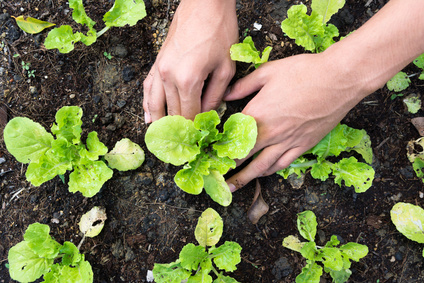Helpful Hints When Looking into a Community Supported Agriculture (CSA) Program

Eating a healthy diet is important to you and your family. You want to choose the freshest, highest quality and locally grown foods possible. Even the best supermarkets import much of their produce from other regions or countries. A good CSA can meet your needs. Not only will you receive fresh, local produce, but CSAs help keep neighboring farms in business. That lessens the possibility of farmers selling property for development. It’s a win-win for the buyer and seller. Here are some tips for what to look for in a CSA, but keep in mind that currently, the demands for CSAs outstrips the supply.
How It Works
In a CSA, you pay upfront for a particular amount of produce during a season. That’s a major advantage for the farmer, as they don’t have to market their produce aggressively, allowing more concentration on farming. The farmer will plant the type of vegetables most in demand. There’s a downside for the consumer – crops are weather dependent. If the season’s weather isn’t conducive to growing, you may not receive the amount of food you wanted and you are typically not reimbursed. That is part of the agreement you sign prior to joining the CSA. When you are looking into a CSA, make sure you understand exactly what the agreement includes. If certain conditions aren’t acceptable, find another CSA.
Other Products
Although most CSAs primarily sell vegetables, there are many who also include eggs, cheese and meat from animals on the farm. Livestock farmers may join with truck farmers to offer CSA members fresh meat and vegetables. Depending on the farmer, the CSA may offer flowers, honey, preserves, dairy and other products grown or produced on the property.
Share Options
Typically, CSAs offer full and half shares, with a box of produce available weekly. Full shares are good for families, while half shares generally fill the bill for singles and couples without kids.
Supplementing
It’s the rare CSA that can provide all the produce your family needs. Expect to continue purchasing some fruits and vegetables at the store. Another option is growing your own. Even if you have only a tiny garden or just a window box, you can sow herbs suitable for accenting your meals. If you have a larger space, consider growing some of your favorite vegetables the CSA isn’t supplying.
Delivery
Not every CSA offers home delivery, but most will have your order readily available for pickup. Door-to-door delivery is too time-consuming and impractical for many small farmers, but if a lot of people in your neighborhood belong to the CSA, that’s a different story. A farmer may agree to one specific drop-off point in the neighborhood on a certain day of the week.
Seasonal Eating
With a CSA, you are consuming what is available at a certain time of year. That’s a big adjustment for many people. Of course, there’s no reason you can’t serve frozen veggies along with your CSA bounty – you don’t have to be a purist. The season may start with early crops intended for salads, and end with tomatoes and potatoes. When looking for a CSA, ask the farmer not only about what crops are available but when they are ready.
Sources:
http://www.buylocalfood.org/guide-to-choosing-a-csa/
http://www.localharvest.org/csa/
Return to Blog